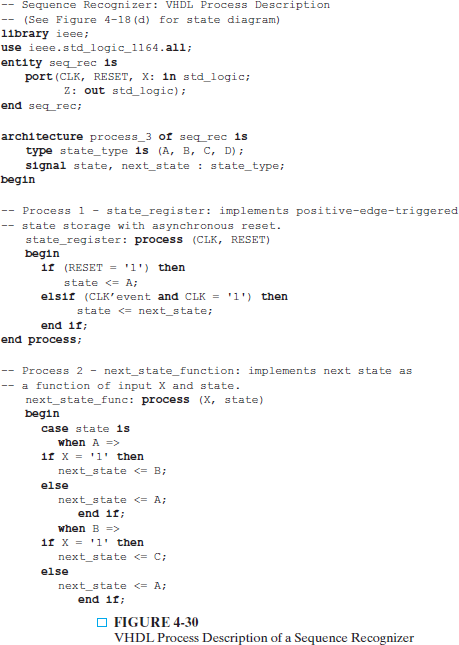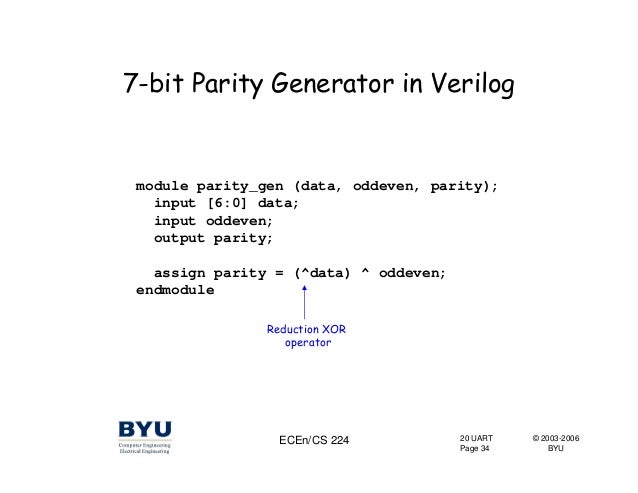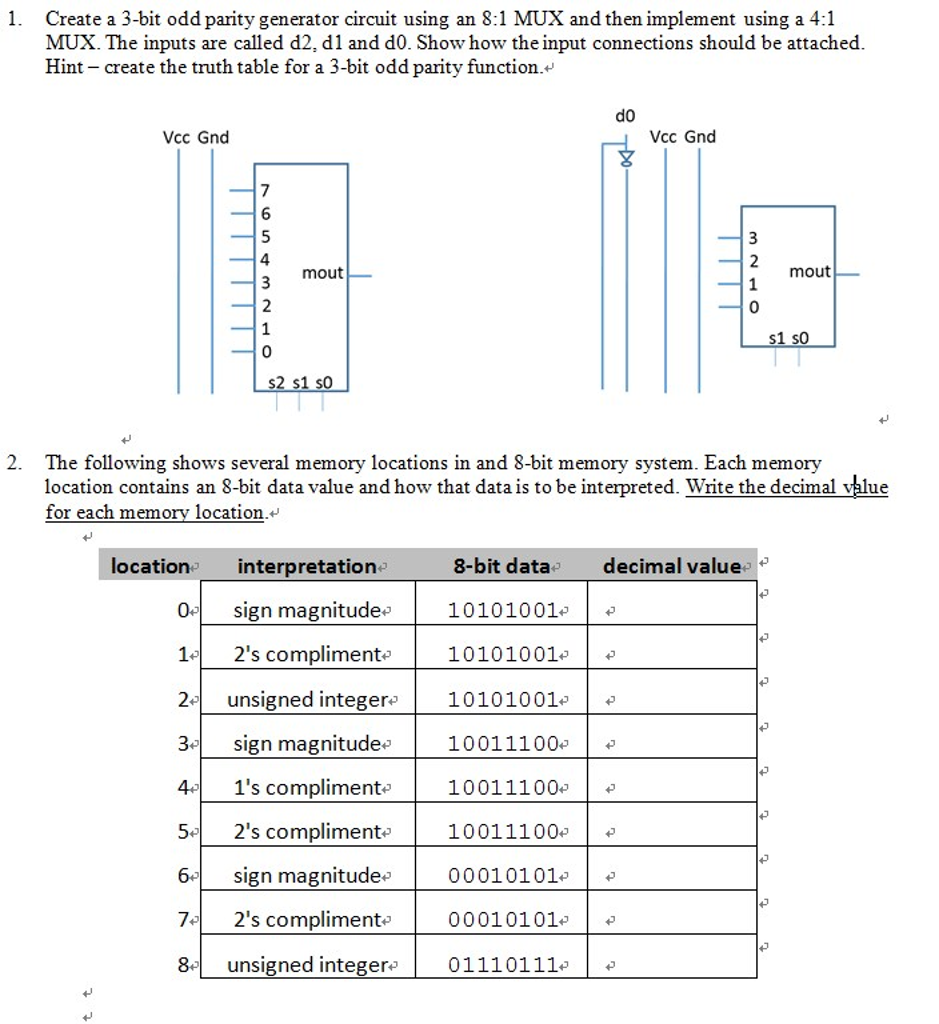

Type t_SM_Main is (s_Idle, s_RX_Start_Bit, s_RX_Data_Bits, O_RX_Byte : out std_logic_vector(7 downto 0) G_CLKS_PER_BIT : integer := 115 - Needs to be set correctly Example: 10 MHz Clock, 115200 baud UART g_CLKS_PER_BIT = (Frequency of i_Clk)/(Frequency of UART)

receive 8 bits of serial data, one start bit, one stop bit, Note that this test bench is for simulation only and can not be synthesized into functional FPGA code. Luckily there is a test bench already created for you! This testbench below exercises both the Transmitter and the Receiver code. If you want to simulate your code (and you should) you need to use a testbench. It is up your specific project requirements if you want to create a half-duplex UART or a full-duplex UART. This is used to infer a tri-state buffer for half-duplex communication. Note that the transmitter modules below both have a signal o_tx_active. The code below uses one Start Bit, one Stop Bit, eight Data Bits, and no parity. The above data stream shows how the code below is structured. The FPGA then waits until the middle of the first data bit and samples the data. First a falling edge is detected on the serial data line. The figure below shows how the UART receiver works inside of the FPGA. From then on, the FPGA just needs to wait one bit period (as specified by the baud rate) and sample the rest of the data. This ensures that the middle of the data bit gets sampled. Once the beginning of the start bit is found, the FPGA waits for one half of a bit period.


This first transition indicates the start bit. Once it sees the line transition from high to low, it knows that a UART data word is coming. The FPGA is continuously sampling the line. This is how the baud rate gets determined. The code below uses a generic in VHDL or a parameter in Verilog to determine how many clock cycles there are in each bit. For example, 9600 baud means 9600 bits per second. The baud rate is the rate at which the data is transmitted. In order to receive your data correctly, the transmitter and receiver must agree on the baud rate. If you do not sample the data at the right time, you might see the wrong data. In any asynchronous interface, the first thing you need to know is when in time you should sample (look at) the data. When it arrives without a clock, it is called asynchronous. When it arrives with a clock, it is call synchronous. Data can arrive by itself or it can arrive with a clock. Have you considered how you might sample data with an FPGA? Think about data coming into your FPGA. UART, Serial Port, RS-232 Interface Code in both VHDL and Verilog for FPGA Implementationĭo you know how a UART works? If not, first brush up on the basics of UARTs before continuing on.


 0 kommentar(er)
0 kommentar(er)
